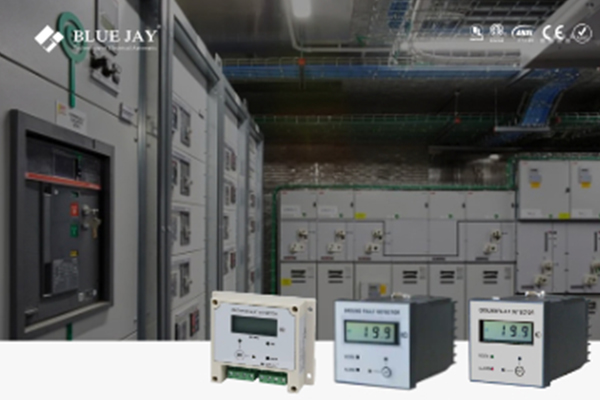
Insulation Monitoring for DC Charging Stations
Insulation monitor is widely used in DC Charging Stations, DC
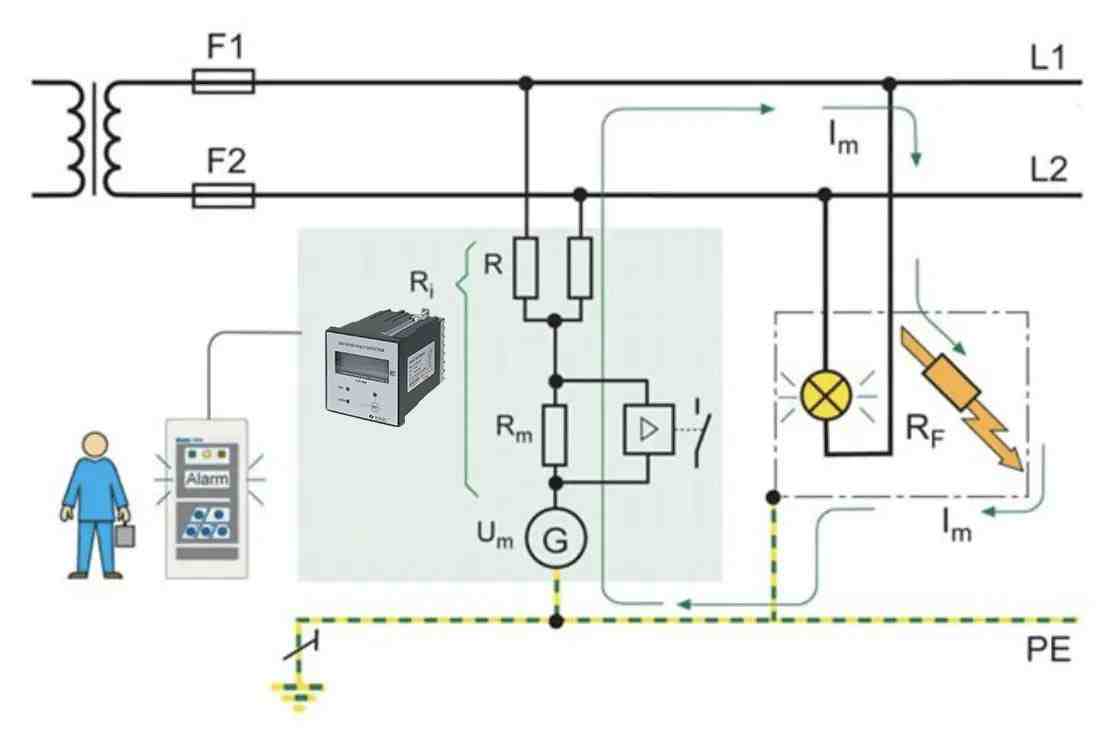
As Insulation resistance is important in electrical equipment, this article will introduce it from the definition, importance, and comparison of insulation monitoring and measuring, and insulation resistance devices.
Insulation resistance refers to the resistance of the insulating material in an electrical system or equipment, that is, in the insulating part of the electrical equipment, the degree of resistance to the passage of current in the insulating material. Insulation resistance is usually expressed in ohms (Ohm) and is a measure of the ability of an insulating material to block electrical current.
The main purpose of insulation resistance is to ensure the reliability and safety of electrical systems or equipment. It plays a vital role in preventing electrical system failures, reducing equipment damage, and preventing personal injuries. By measuring and monitoring insulation resistance, the insulation condition of electrical equipment can be effectively evaluated and necessary maintenance and upkeep measures can be taken. This is not only the basis for protecting individuals and systems but is also an important indicator of the condition of electrical installations.
Insulation Monitoring and Insulation Measuring are two distinct approaches to assessing the insulation status used at different phases of the life cycle of electrical systems. Here’s a brief, smoothly articulated comparison between the two:
Item | Insulation Monitoring | Insulation Measuring |
Purpose | Continuous assessment of insulation status | Periodic assessment of insulation resistance |
Method | Ongoing monitoring of insulation resistance in real-time | Intermittent measurement of insulation resistance at specific intervals |
Application | Used throughout the operational life of the system | Typically performed during specific phases of the system lifecycle (e.g., before commissioning or during periodic tests) |
Advantages | 1. Provides real-time insights into insulation performance. 2. Enables early detection of potential insulation faults. Supports proactive measures to prevent system damage. | 1. Offers a snapshot of insulation resistance at a specific point in time. 2. Useful for compliance testing and periodic maintenance assessments. 3. Helps identify changes in insulation resistance over time. |
Overall Comparison | 1. Complementarity: Both approaches are complementary and serve different purposes in ensuring the reliability and safety of electrical systems. 2. Continuous vs. Periodic: Insulation Monitoring provides continuous, real-time insights, while Insulation Measuring offers periodic assessments at predetermined intervals. 3. Lifecycle Considerations: Insulation Monitoring is applicable throughout the system’s operational life, while Insulation Measuring is often performed during specific phases such as commissioning or periodic tests. | |
Choosing between Insulation Monitoring and Insulation Measuring depends on the specific requirements of the electrical system, considering factors such as the need for continuous monitoring, compliance testing, and maintenance planning.
In different applications, the insulation resistance is measured or monitored by different insulation monitoring devices.
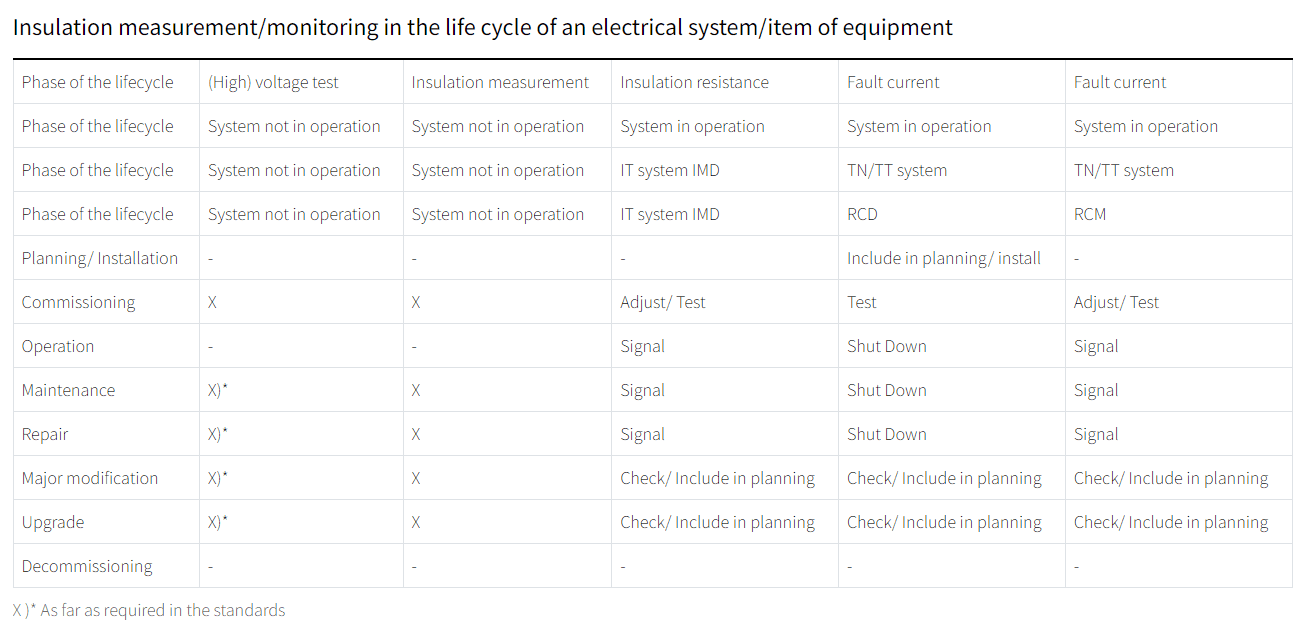
Different lifecycle phases of an electrical system or equipment need different techniques for measuring or monitoring insulation resistance. Based on the operational status of the system, diverse methods, including fault current monitoring, insulation measurement, or insulation monitoring, are utilized to enhance grid support and safety.
Insulation resistance measurements are usually used in the initial commissioning of an electrical system. The standard of insulation resistance measurements is DIN VDE 0100-600. The most common device is an insulation resistance tester.
In grounded systems, insulation resistance is indirectly assessed by monitoring the magnitude of fault current. The prevalent devices for this purpose are Residual Current Devices (RCD) and Residual Current Monitors (RCM).
In Ungrounded Power Supplies, specifically IT systems, Insulation Monitoring Devices (IMD) play a continuous role in monitoring insulation resistance. The insulation monitor makes IT systems uninterrupted operations even in the event of a first fault.
In a word, if you need to measure insulation resistance, the insulation resistance tester is better. If you need to monitor insulation resistance, the insulation resistance monitoring device is better.
Blue Jay, as a China leading and professional manufacturer of insulation resistance monitoring devices, offers various solutions for insulation resistance monitoring. The main products are ZJS-102, ZJJ, JY1000-ST, JY1000, GY1000-C2, and JY2000-AL. The value insulation resistance detection of each product is in the following:
| Product Model | Insulation Resistance Detection(KΩ) |
| ZJS-102 | 0-300 KΩ |
| ZJJ | 0-99.9 KΩ |
| 0-1999 KΩ | |
| JY1000-ST | 1KΩ~10 MΩ |
| GY1000 | 1KΩ~10 MΩ |
| GY1000-C2 | 1KΩ~10 MΩ |
| JY2000-AL | 1KΩ~10 MΩ |
To know more, please contact our sales team via email at info@cqbluejay.com

Insulation monitor is widely used in DC Charging Stations, DC
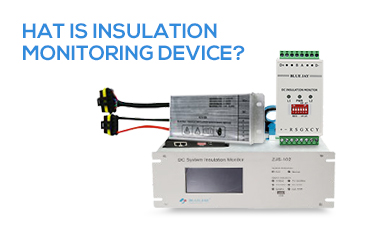
What Is Insulation Monitoring Device? The article will cover
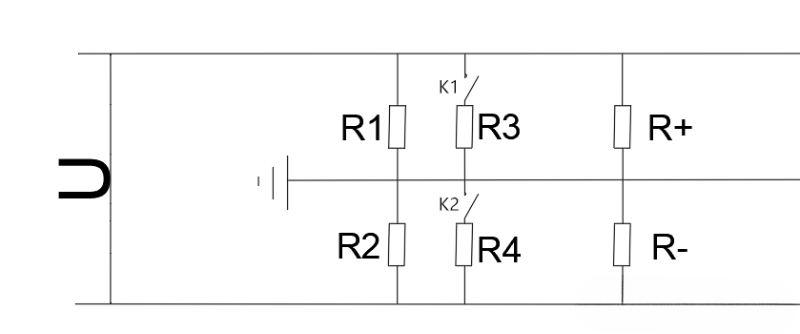
When it comes to the insulation monitoring device working




